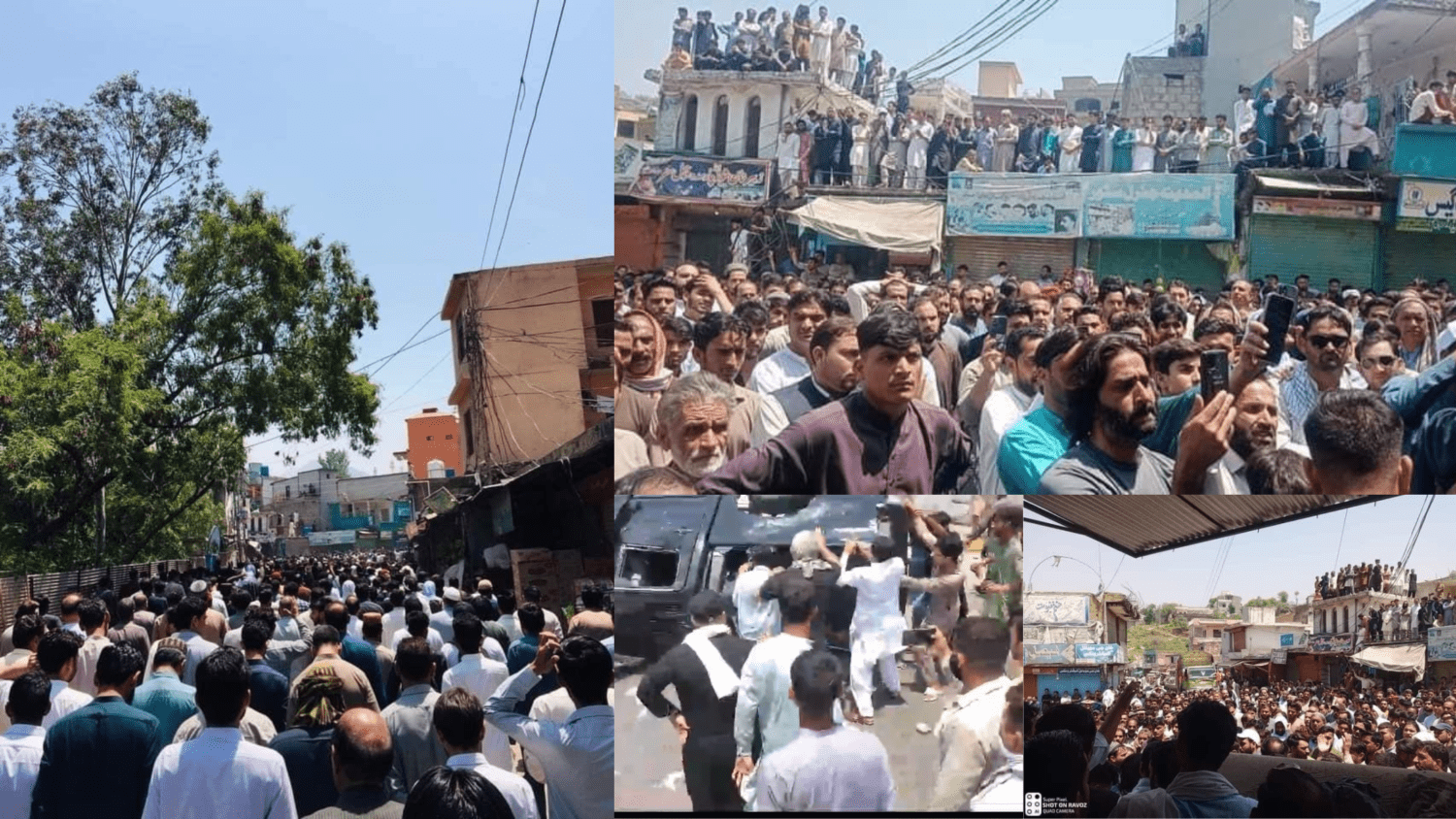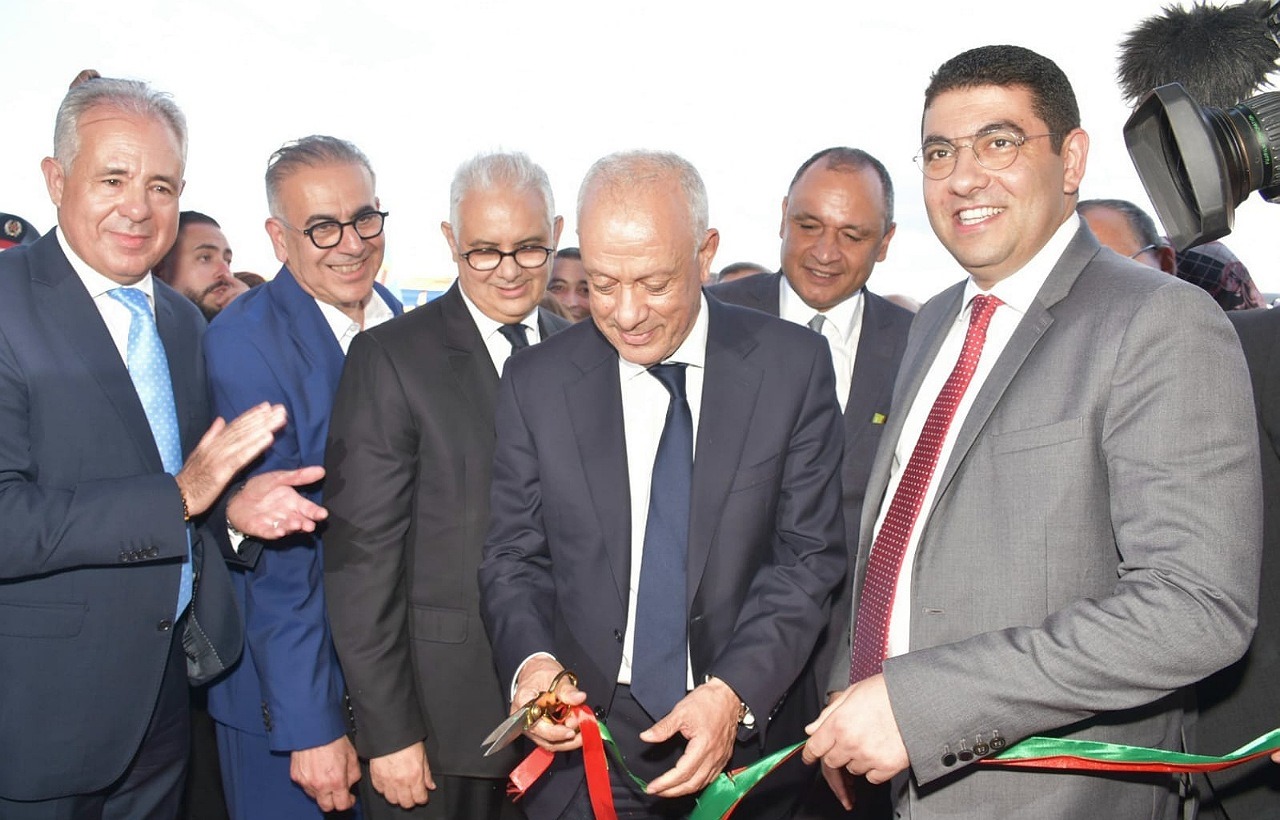Tens of thousands of Europeans are every month seeking advice on how to discontinue or get off antidepressants outside their regular health services. That’s because doctors are not trained in how to deprescribe antidepressants and other psychiatric drugs research has found. The research suggest that tapering (slowly stopping) has to be done gradually, and at a rate that the individual user can tolerate, and reductions should be made by smaller and smaller amounts. It can take months and even years to get fully off the drugs.
Can not get off common antidepressants
At large international psychiatric congresses it for years has been common to present new studies on psychiatric drugs and discuss why and when to prescribe medications. At this year’s European Psychiatric Congress that was recently held in Budapest, Hungary a so-called State of the Art lecture set a new trend looking at how to properly discontinue or deprescribe psychotropic drugs.
An expert, Dr. Mark Horowitz a Clinical Research Fellow in Psychiatry at the National Health Service (NHS) in England had been given the task to address the necessary skills and guidelines to supported reduction or discontinuation of psychopharmacological treatment.
The backdrop to this is a scene in which many people cannot come off common antidepressants in the way the official medical guidelines recommend. Studies in Holland found that only some 7% of people could stop in this way and in England they found that 40% of people could stop in this way however with quite pronounced withdrawal effects.
Part of the problem is that doctors often believe that the withdrawal effects are “brief and mild”. And they do not know that withdrawal symptoms may include anxiety, depressed mood, and insomnia. The result is that they often tell their patients using antidepressants that there shouldn’t be a problem with coming off the antidepressant drug, and when the patients do report withdrawal effects they believe these to be the original underlying condition. A very large number of persons are due to this problem diagnosed as having a relapse (a return of someone’s underlying condition) and are being put back on antidepressants, sometimes for years or decades, or even lifelong.
Doctor’s advice unhelpful
The consequence of this is that many people who really want to get off the antidepressants leave their regular healthcare system and seek advice on peer support forums on how to come off their medications. Two peer support websites in English alone has some 900.000 hits a month, and almost half of them are from Europe.
There’s 180,000 people on these sort of websites. The research team of Dr Mark Horowitz surveyed 1,300 of them and found that three quarters of them considered their doctor’s advice was unhelpful. The story of many of them was similar. The most common tapering period that they had been recommended was 2 weeks and 4 weeks exactly like the guidelines of the public agency of the Department of Health and Social Care in England responsible for guidance, NICE, recommended, until it was updated recently.
Getting off antidepressants despite the doctors’ reassurances was a nightmare for many. Stories echo each other that the effects were so horrendous that the user had to get back on the antidepressant or otherwise would end up in a terrible state. The result is as many users expressed that “I’ve lost faith in my doctor.”
The underlying problem that has often been neglected is that years of use causes adaptation to the antidepressant drug and this adaptation persists for longer than it takes the drug to be eliminated from the body. That’s what causes withdrawal effects.
“When you stop the drug, let’s say months or years after the patient had been started on drug treatment following a stressful period in their life, the antidepressant is metabolized by the liver and kidneys in a few days or weeks. But what doesn’t change in a few days or weeks is the residual changes to the serotonin receptors and other systems downstream of this,” Dr. Horowitz explains.
In studies on humans, there are changes to the serotonergic system that persists for up to four years after the antidepressants are stopped.
The longer the harder
And the research indicates that the longer people are on the antidepressants, the harder it is to stop and the more severe the withdrawal effects.
For people who are on antidepressants for more than three years, in surveys two thirds are reporting withdrawal symptoms and half of those people are reporting symptoms that are moderately severe or severe.
“You can see clearly the more you’re adapted to a drug, the more difficult it is to stop it,” Dr Mark Horowitz explains.
And it is common as Dr Horowitz noted, “We have conducted a survey, of a group of people who are accessing therapy in the National Health Service (NHS) of England, two-fifths of them who have been on antidepressants have tried to stop and been unable to do so, and that correlated strongly with withdrawal effects.”
To minimize the risk of withdrawal effects, which more than half will experience using the commonly recommended procedures, certain principles about tapering antidepressants have to be known. The research indicates that the best approach to tapering is to perform it gradually (over months or sometimes years), and at a rate that the individual user can tolerate. Furthermore, it has to be done in smaller and smaller amounts.
Why tapering gradually
Research using PET scanning on persons using different doses of antidepressants showed that the inhibition of the serotonin transporter doesn’t occur as a linear line, but according to a hyperbolic curve. This follows a pharmacological principle known as the law of mass action.
In more regular language, it means that as one adds more and more drug to the body’s system, more and more neurotransmitter receptors are saturated. And so, by the time one reaches a high dose, every extra milligram of drug has less and less incremental effect. And that’s why one get this hyperbola pattern. This pattern is true for all psychiatric drugs.
This explains why users experience problems in the last stages of withdrawing from a drug. Doctors in general practice have come to use an approach of linear decrease, like 20, 15, 10, 5, 0 mg.
Dr Mark Horowitz explains the findings not only from a neurobiological viewpoint, but very much how users have explained it, “going from 20 to 15 milligrams has a very small effect on the brain, 15 to 10 a little bit larger, 10 to 5 larger again, and going from 5 to 0 is like jumping off a cliff. You think you’re down near the bottom, but actually you’ve walked out the eighth story window, in my view.”
The first few milligrams are easy to come off, and the last few milligrams are much harder.
“When doctors don’t understand this relationship, they think people must need the drug because they’ve had huge trouble and they’re pushing people back on it,” Dr Mark Horowitz added.
Based on both neurobiological research and clinical observations it thus makes more pharmacological sense to not reduce drugs by a linear amount of dose, but to reduce drugs by a linear amount of effect on the brain.
The approach of reducing the drug rate so it causes an ‘even effect’ on the brain requires decreasing by smaller and smaller amounts down to tiny final doses. So final reduction from this tiny dose to zero doesn’t cause a bigger change in effect on the brain as previous reductions.
One could approximate this by talking about proportional reduction. So, for example, reducing by about 50 percent at every step, going down from 20 to 10 to 5 to 2.5 to 1.25 to 0.6 approximately causes even changes of effect on the brain. Some people will need even more gradual dose reductions – for example, reducing by 10% of the most recent dose every month, so that the size of the reduction gets smaller as the total dose gets smaller.
Caution on withdrawing from psychiatric drugs
In noting this Dr Mark Horowitz cautions, “It is important to say it’s very hard to guess what rate an individual can tolerate. As it’s something that can take two weeks or four years. That’s why it’s very important to take the approach of adjusting to the individual, making small reductions and seeing how they respond before deciding on further steps.”
If withdrawal symptoms become too severe, then the reduction should be halted or the dose increased until symptoms resolve and the reduction should then proceed to a slower pace.
In England the new NICE guidelines, which is not just for psychiatrists, but for GPs, recommends to slowly reduce the dose in a stepwise fashion, at each step prescribing a proportion of the previous dose.
For clinicians not only in England but everywhere there is now extensive guidance available. Dr Mark Horowitz has co-authored the recently published “Maudsley Deprescribing Guidelines”. It describes how to safely reduce every antidepressant, benzodiazepine, z-drug and gabapentanoid that’s licensed in Europe and America. The “Maudsley Deprescribing Guidelines” can be bought through the medical publisher Wiley and even through Amazon. A forthcoming version of the Guidelines due in 2025 will also include antipsychotic drugs and other psychiatric drug classes.














